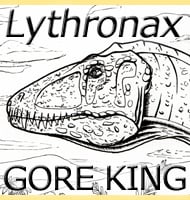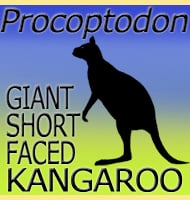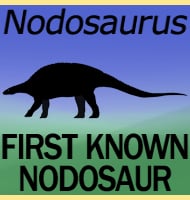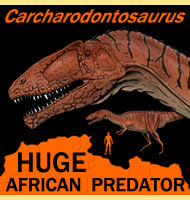In Depth
Rutiodon was one of the earliest known phytosaurs, and to this day is one that is usually illustrated as an example of the group. Like with the other phytosaurs, Rutiodon had an incredible similarity to today’s crocodiles, something that still to this day causes some to incorrectly call phytosaurs ancient crocodiles. In actuality the phytosaurs represent their own group and have a number of features that separate them from crocodiles which include lack of a bony palate, more primitive ankle structure as well as the most obvious being the placement of the nostrils, which are high up the snout in front of the eyes rather than on the very tip of the snout as seen in crocodiles.
Similarities with crocodiles however involve an overall identical body form, armour plates (referred to as osteoderms or scutes) across the back and upper flanks, and long snouts and jaws that had rows of sharp teeth. This infers that phytosaurs (and Rutiodon) lived and hunted like crocodiles do today, either taking prey like fish in water or dragging drinking creatures in from the edge so that they could be drowned and eaten.
Rutiodon has had a large number of species attributed to the genus, but not all of these may be valid, and is part of the reason for the great variance in the number of valid species depending upon source. Additionally the transference of fossil material in and out of the Rutiodon genus will likely have implications for valid size estimates. Other phytosaurs you might be interested in include the dinosaur eating Nicrosaurus, the gavial like Mystriosuchus and the huge Smilosuchus.
Further Reading
Further reading- Geological Report of the Midland Counties of North Carolina xx-351. – E. Emmons – 1856.









